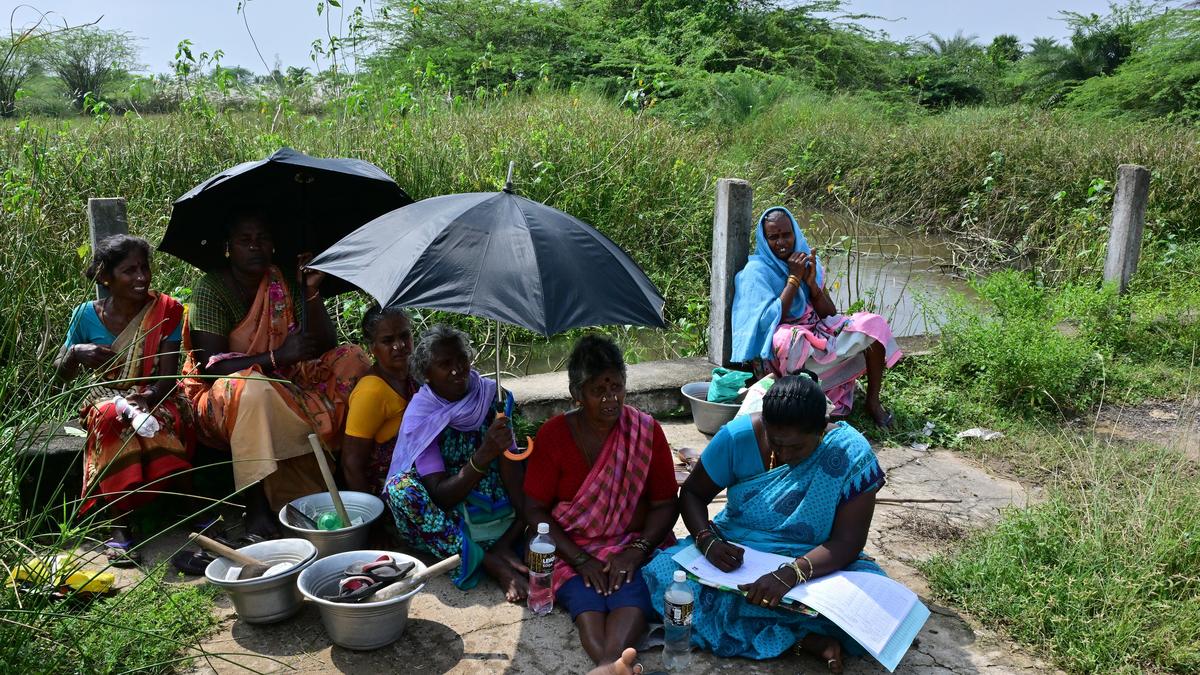Decoding the Indian Voter: Welfare, Votes, and the Discerning Citizen
In today's political landscape, welfare schemes are no longer just social programs; they've become potent electoral weapons. But do these schemes guarantee votes? This captivating exploration delves into the complex relationship between welfare initiatives and voting behavior in India, revealing surprising insights that challenge conventional wisdom.
The Evolution of Welfare Politics in India
India's welfare journey has been a rollercoaster. Initially driven by a commitment to reduce socioeconomic inequality, welfare programs were integrated into planned economic growth. The state played a dominant role, countering resistance to change. However, the shift towards market-led growth changed the paradigm. Welfare transitioned from an intrinsic good to a market deficiency antidote – a tool to soften the impact of economic reforms' rising inequalities.
This evolution led to fiscal constraints limiting investments in traditional welfare areas such as healthcare and education. Outcomes didn't align with election cycles, hindering credit-claiming for incumbent parties. Consequently, a 'responsive' strategy emerged, driven by international norms, efficiency, and technological integration. Welfare, then, took on a consumerist model of 'cash-in-hand', simplifying distribution for the 'tangible' impact.
The BJP and the 'Revdi Culture': Centralization and Branding
The current Indian political scene involves a highly centralized approach to welfare. Centrally sponsored schemes dominated by the incumbent Bharatiya Janata Party (BJP) utilize branding strategies that effectively link benefits directly to the party. The BJP has played a significant role here.
This centralizing push, coupled with an emphasis on scheme branding, aims to maximize credit allocation. Names of welfare programs, for example, carry the party’s signature, making it easily discernible to the beneficiaries.
Do Welfare Schemes Automatically Translate to Votes?
The simple assumption that welfare benefits equal votes is a dangerous oversimplification. While studies show voters who benefit from schemes often support the ruling party, the reality is far more nuanced.
The 2024 Lok Sabha elections demonstrated this dynamic clearly. While the BJP garnered considerable credit for numerous schemes, this did not automatically translate to additional votes. The data suggests a more critical consideration: quality of service and accessibility are equally crucial. If there were difficulties in accessing the benefits, credit-claiming backfired. Even if there was the availability of schemes, it wasn't enough.
Moreover, when welfare schemes become common practice across parties, voter expectations increase. This emphasizes the necessity of not only providing a wide range of welfare schemes, but also ensuring their high quality. Thus, welfare scheme success goes beyond merely providing funds, impacting the incumbent party.
The Discerning Voter: Considering Factors Beyond Welfare
Beyond just the existence and credit-claiming from welfare programs, the voters' economic condition plays an unexpectedly huge part in their voting behavior. Personal financial contentment is strongly associated with votes for the incumbent, specifically where welfare access is easy. Yet, when voters were dissatisfied with their financial conditions, this welfare benefit correlation reversed. Discontent significantly swayed votes toward the opposition. Here, the access to the scheme plays little-to-no-part in determining voting behavior.
The 'double-engine' hypothesis – the idea that simultaneous State and Central government control would favor the ruling party – also proved inaccurate. Credit went to the central government in various states. However, it was the local governments who managed and determined the effectiveness of the services, rather than the center. When there are last-mile delivery issues and inefficiencies at the State level, it undermines this expectation, indicating that ease of access and the quality of the last-mile delivery is important for voting decisions.
Take Away Points
- Welfare schemes are no longer simple handouts, but tools in a complex electoral strategy.
- While benefits lead to some vote support, voter satisfaction with service delivery and personal financial well-being are significant influences.
- Access to these welfare schemes significantly impacts vote decisions, showing a clear positive correlation with the voting behaviour.
- The ‘discerning voter’ considers the practicality of welfare benefits, holding the ultimate service provider responsible, whether it is the state, local government, or the center.
- The future of welfare in electoral politics depends on balancing programmatic design and access to services. Simply having a program is not enough – effective service delivery is crucial.




